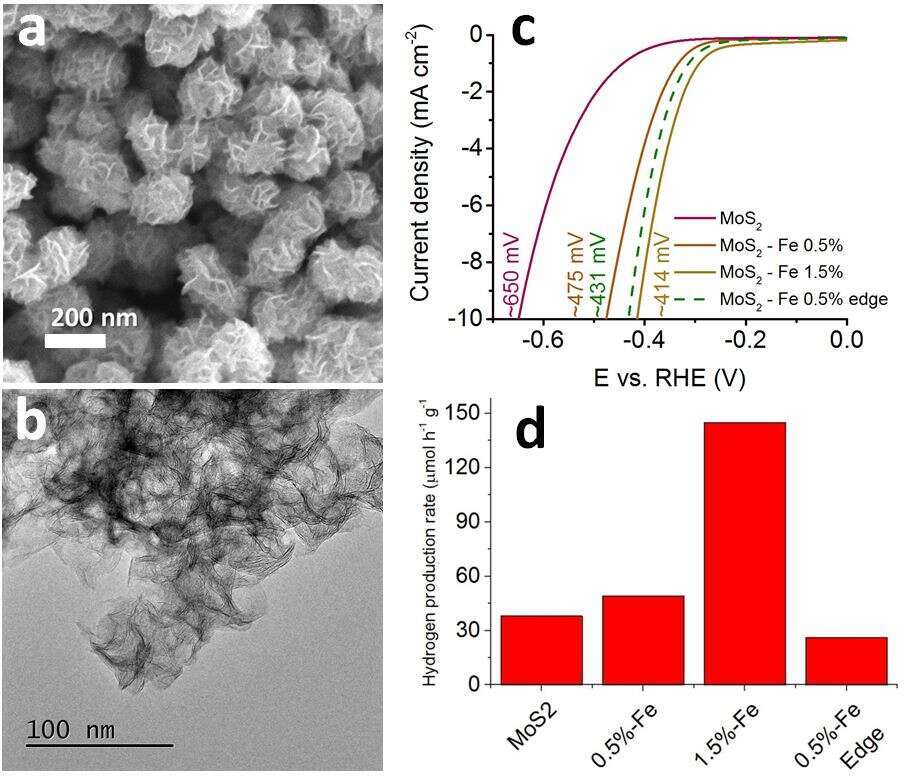The pursuit after transition metal dichalcogenides (TMDs) with thin edge morphologies began with the identification of edge sites as the catalytic location. In addition, first principle calculations showed that doping and alloying of TMDs can be used to modify their electronic properties. Traditional synthetic approaches for producing these materials limit the end product`s morphology or composition control. We used colloidal synthesis, which is rarely used for TMDs, and were able to produce thin edge nanoflowers of Mo(SxSe1-x)2 alloys as well as Fe-doped MoS2 and MoSe2 using low temperature, controllable synthesis. Various analytical methods were used to determin the formation mechanism, composition and structure of the products as well as their electrochemical and photocatalytic performance. We were able to determine that for this specific approach, the formation mechanism is such that enables the production of homogeneous alloys, which is crucial for composition control. By controlling the alloying or dopant degrees, the electronic properties of the TMDs can be optimized for a variety of applications such as photo catalysis, optoelectronics, transistors and many others


